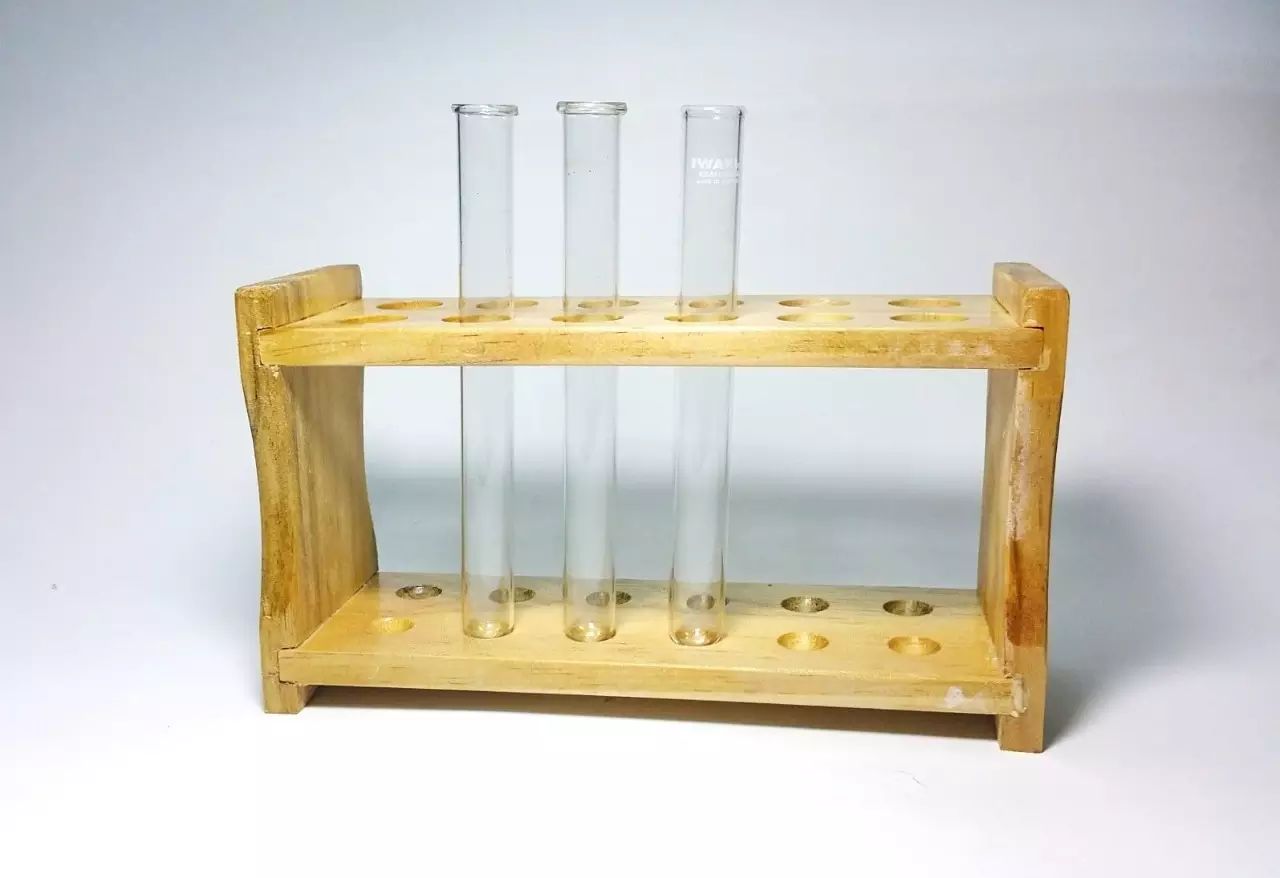
Wash the test tube, why not gather into water droplets, nor flow down?
Water droplets on different surfaces look different.
behind this extremely familiar sentence in the textbook, it reflects the hydrophilic nature of glass experimental instruments.
does not converge into water droplets or flow down, which means that the water spreads more evenly on the surface and spreads into a water film.
this is a requirement for cleaning glass instruments because the clean glass surface is hydrophilic and the water droplets are easy to spread out on it. If there is a stain, the surface may become less hydrophilic and droplets and currents will gather more easily. And some other materials that are not so hydrophilic (such as common plastics) can not be cleaned according to this standard.
the different posture of water droplets on the surface is the result of the interaction between water particles, the interaction between water molecules and solid surface, and the check and balance of gravity. You can imagine that in the interior of the water droplet, the intermolecular forces acting on water molecules in all directions are relatively balanced, and on the most surface, because of the differences in the composition of the solid surface and the properties of water molecules, so the force between the two molecules is different, therefore, the equilibrium point will change, and different equilibrium states will appear on the surfaces with different properties. It is the embodiment of the so-called surface tension.
next, let's take a visual look at the figure.
contact angle (the angle between the edge tangent of the droplet and the interface shown below) can directly reflect the infiltration state between the solid surface and the liquid. The smaller this angle is, the better the affinity between the droplet and the solid surface is. The more it can be spread out.
the following picture shows the contact angle of water on the glass, which belongs to the hydrophilic range. On the clean glass surface, the water droplets are not gathered into circles, but they are relatively flat:
and if they are super hydrophilic surfaces, water can be spread more open:
A lot of common plastics are hydrophobic and lipophilic (but there are also hydrophilic plastics). The following is a drop of water on the surface of polymethyl methacrylate (that is, acrylic):
you can see that the contact angle has become larger this time. The droplets appear more round and "contract".
This is the place where you can find affordable royal blue bridesmaid dresses that are of outstanding quality. Buy now at prices that will amaze you!
and the super-hydrophobic surface can also make the water droplets contract more extreme:
the surface is particularly incompatible with water, which can make the water droplets retract under the intermolecular force within themselves, and even shrink to such a small contact area with the surface that the contact angle becomes a complete obtuse angle. Superhydrophobic surfaces have been mentioned in many articles before that such surfaces are good for waterproofing and easy to keep clean.